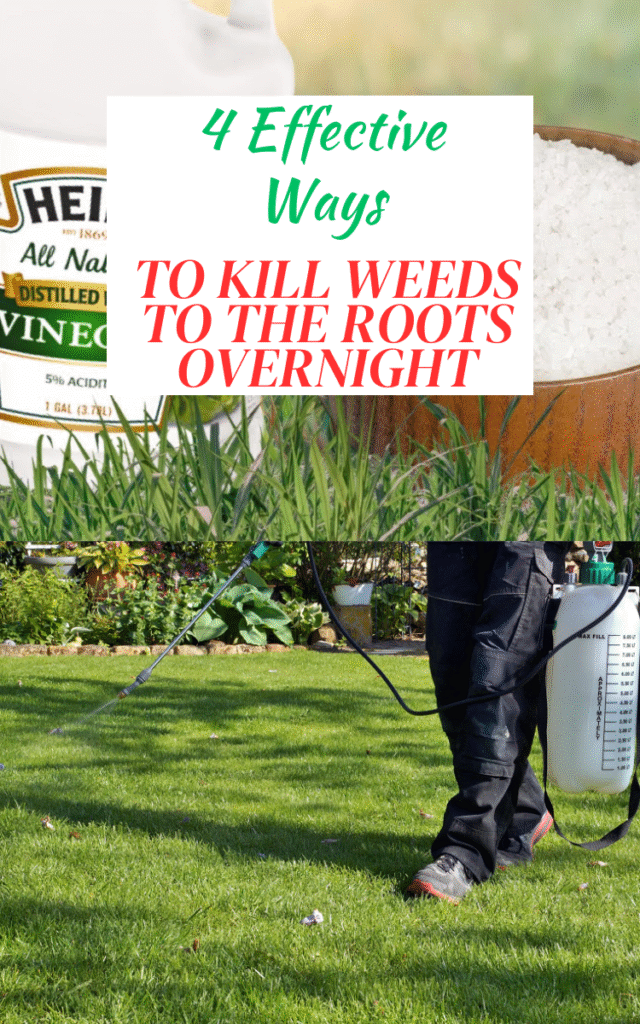
Weeds have a way of showing up uninvited, like that neighbor who always drops by right at dinner time. One day your garden looks perfectly tended, and the next morning you’re staring at a jungle of stubborn green invaders. The real challenge isn’t just getting rid of what you see above ground — it’s making sure those pesky roots are gone too, so they don’t bounce back even stronger.
Killing weeds down to the root overnight may sound ambitious, but with the right approach, it’s absolutely doable. Whether you prefer natural remedies from the kitchen or strong commercial solutions, the key is targeting the root system directly. In this guide, I’ll walk you through quick-acting methods, natural options, and prevention tips so you can wake up to a weed-free space tomorrow.
Why It’s Important to Kill Weeds at the Root
Here’s the thing: simply yanking out a weed or cutting off the top may make your yard look cleaner for the moment, but you’ve only tackled half the problem. Many weeds — especially perennials like dandelions — have deep taproots that store energy. If those roots are left behind, they’ll send up fresh shoots before you know it. I’ve been there, pulling weeds on a sunny afternoon only to see them waving at me again two weeks later.
The root system is the plant’s lifeline, pulling up nutrients and water from the soil. When you damage only the visible part, the roots stay alive underground, and the weed comes back with a vengeance. That’s why any overnight weed killer worth its salt (literally, in some cases) has to reach all the way down to the base.
By targeting the root, you’re not just solving today’s problem — you’re preventing tomorrow’s. The goal is to disrupt the weed’s growth cycle entirely, leaving no chance for regrowth. That’s where the following methods come in.
Quick-Acting Solutions That Work On Weeds Overnight
1. Vinegar and Salt Spray
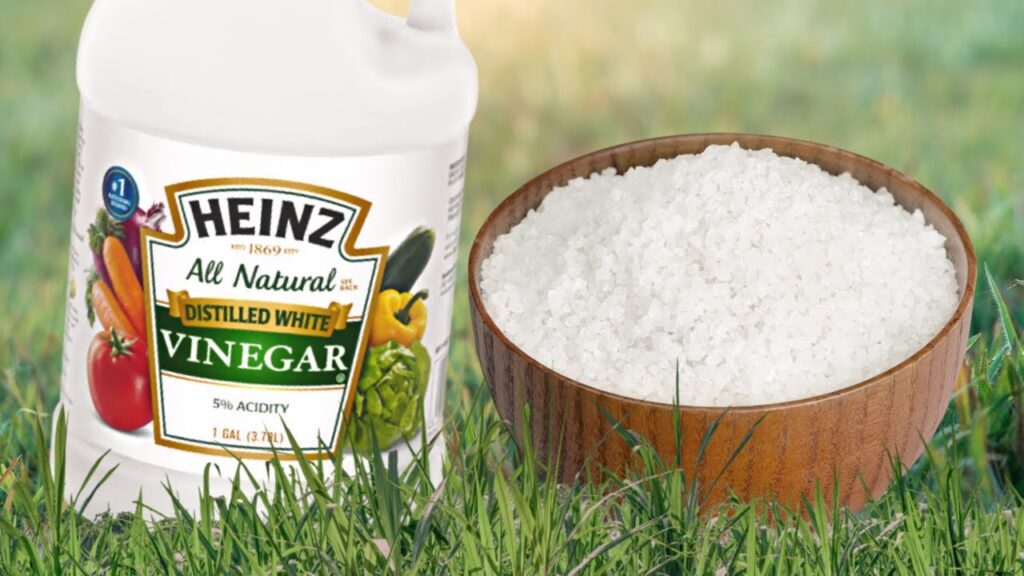
One of my favorite quick fixes for weeds is a vinegar and salt solution. Vinegar works by breaking down plant cell walls, essentially burning the weed from the leaves inward. When you add salt, you’re pulling moisture out of the root system, making it nearly impossible for the plant to recover. A squirt of dish soap helps the mixture stick to the leaves so it doesn’t just run off.
To make it, mix 1 gallon of white vinegar, 1 cup of table salt, and 1 tablespoon of liquid dish soap in a spray bottle. Shake well, then spray directly onto the leaves of the weeds, making sure to soak them thoroughly. The best time to apply this is on a hot, sunny, and dry day, because the heat helps the vinegar work faster.
The downside? This mixture is not selective — it will kill grass and any other plants it touches. So aim carefully, especially if the weeds are close to flowers or vegetables you want to keep.
2. Boiling Water Method
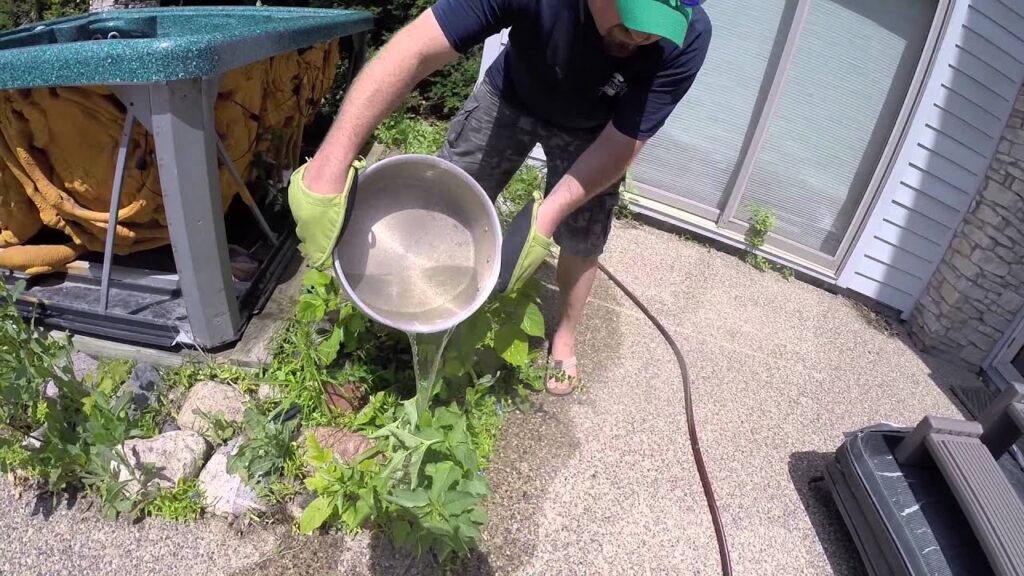
Sometimes, the simplest solutions are the most effective. Boiling water is a fantastic way to kill weeds growing in driveway cracks, along walkways, or in other tight spaces where precision matters. The scalding heat destroys plant tissue instantly and seeps down into the root zone, effectively killing the plant overnight.
To use this method, bring a kettle or pot of water to a full rolling boil. Carefully pour the water directly over the crown of the weed, making sure to cover the base and surrounding soil. You’ll often see the leaves wilt and turn dark within minutes, but the real magic happens underground as the roots cook.
I like this method because it’s chemical-free and safe for pets and kids once the area cools. However, it’s not ideal for large areas or weeds surrounded by desirable plants, as the heat will kill anything it touches.
3. Commercial Weed Killers (Systemic Herbicides)
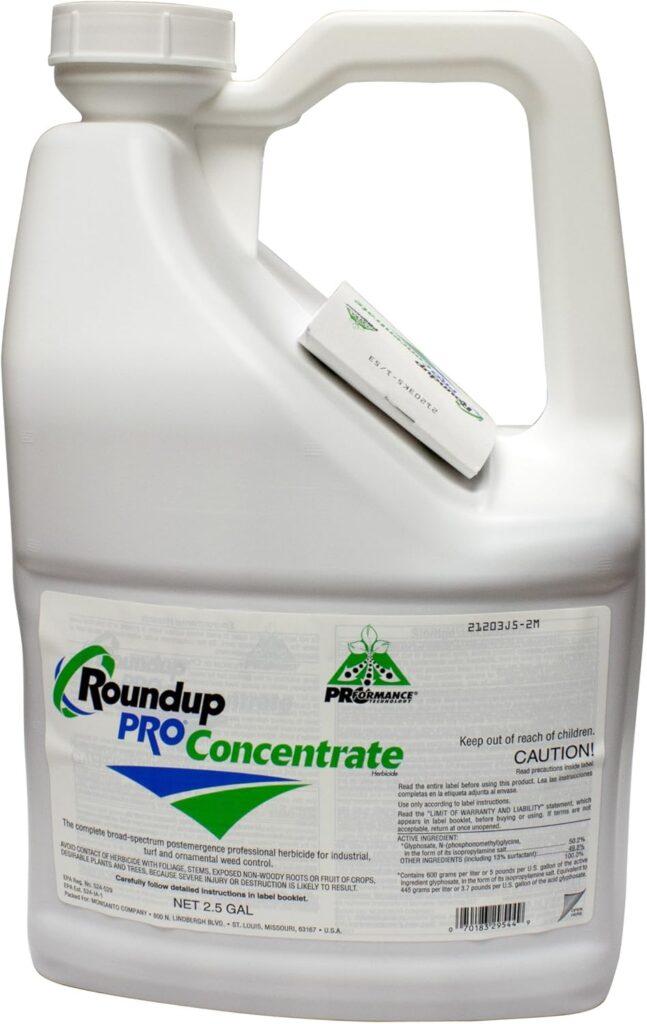
If you’re dealing with particularly stubborn or widespread weeds, a systemic herbicide can be your best friend. Unlike surface treatments, systemic herbicides travel through the plant’s vascular system, reaching the roots and killing the weed from the inside out. Ingredients like glyphosate and triclopyr are common in these products and work remarkably fast — sometimes within hours.
To use them effectively, choose a calm, dry day so the spray stays on target. Apply directly to the leaves and stems, ensuring the plant absorbs enough of the chemical to reach the roots. Follow all label instructions carefully; with herbicides, more isn’t always better, and overuse can damage your soil or surrounding plants.
While these products work quickly and thoroughly, they’re not always the best choice for gardens where you plan to replant soon. Some can linger in the soil, so always check replanting guidelines before use.
4. Bleach as a Last Resort
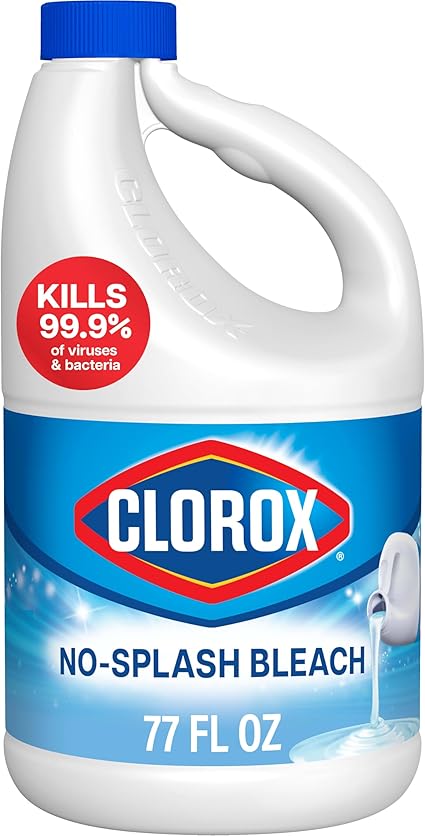
Bleach might not be the first thing you think of when tackling weeds, but it can be surprisingly effective at killing them overnight. The sodium hypochlorite in bleach breaks down plant tissue rapidly, and it also sterilizes the soil to prevent regrowth. That’s a double-edged sword, though — nothing will grow there for a while, so this is best for sidewalks, patios, or other non-plant areas.
To use bleach, dilute it with water in a spray bottle (about 1 part bleach to 2 parts water). Spray directly on the weeds, making sure you don’t get any on plants you want to keep. Wear gloves and old clothes because bleach can ruin fabrics and irritate your skin.
Bleach works fast, but it’s not environmentally friendly and can harm soil health. I keep it as a last resort for stubborn weeds in hardscape areas where nothing else seems to work.
Natural Remedies That Target Roots
If you’d rather avoid harsh chemicals, there are still effective ways to kill weeds overnight. Lemon juice concentrate is a great alternative to vinegar. The citric acid works similarly by burning through leaves and stems, and with enough coverage, it can reach the roots. Apply it undiluted for best results, preferably on a sunny day.
Corn gluten meal is another interesting option — it doesn’t kill existing weeds, but it acts as a pre-emergent that prevents seeds from developing roots. This means you can stop new weeds before they even start. Sprinkle it over your soil in early spring and again in the fall for ongoing protection.
And then there’s the old-fashioned approach: manual removal. A good weeding tool can help you dig deep enough to extract the entire root. While it’s more labor-intensive, it’s also satisfying — especially when you pull up a long taproot in one piece.
Mistakes to Avoid When Killing Weeds
One common mistake is over-applying a chemical or natural solution in one spot. This can damage the surrounding soil and make it hard for anything else to grow. Always use the minimum effective amount and target the weed directly.
Another error is removing just the top of the weed. It may look neat for a week, but those roots are still down there, just waiting to send up new growth. That’s why overnight methods that attack the root are so much more effective.
Timing also matters. Spraying right before rain or watering too soon after treatment can wash away your weed killer before it does its job. Similarly, applying on a windy day can cause drift that harms nearby plants.
How to Prevent Weeds from Coming Back
The best long-term weed control strategy is prevention. A thick layer of mulch can block sunlight, preventing weed seeds from germinating. Organic mulches like bark or straw also improve soil health as they break down.
Ground covers are another great option. Plants like creeping thyme or clover spread quickly and outcompete weeds for space and nutrients, creating a living weed barrier.
Finally, consider using a pre-emergent herbicide in early spring. This stops weed seeds from sprouting, giving you a head start on a season-long battle against unwanted growth.
Safety Tips
No matter which method you choose, safety should always come first. Wear gloves, goggles, and long sleeves when handling chemicals, boiling water, or even strong natural solutions like vinegar.
Store all weed killers — natural or not — out of reach of children and pets. Even “safe” ingredients can cause harm if ingested or splashed in the eyes.
After applying any treatment, keep people and pets away from the area until it’s completely dry or cooled, depending on the method used.
The Bottom Line
Killing weeds down to the root overnight isn’t just a dream — it’s entirely possible with the right tools and techniques. Whether you go for a vinegar-and-salt spray, a pot of boiling water, a commercial herbicide, or even lemon juice, the key is making sure you’re targeting the root system.
Remember, the method you choose depends on where the weed is growing, how quickly you need results, and whether you want a natural or chemical approach. Combine one of these overnight killers with good prevention habits, and you’ll spend a lot less time weeding in the future.
So pick your method today, get it done this evening, and enjoy waking up to a cleaner, weed-free space tomorrow.

